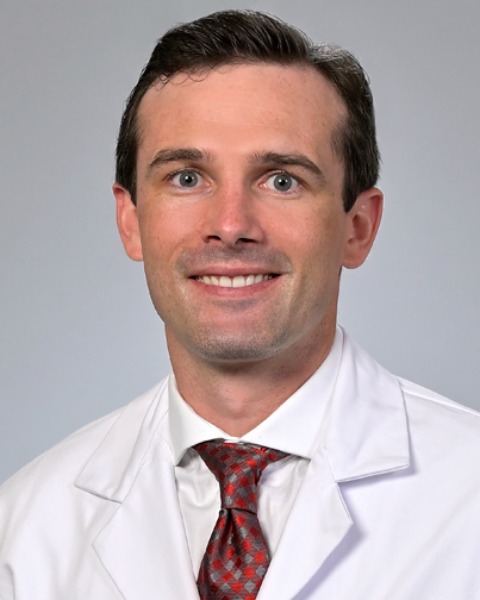Introduction to Point-of-Care Ultrasound in Life Support and Sepsis (Friday)
-

Nibras Bughrara, MD, FASA, FCCM (he/him/his)
Associate professor of Anesthesiology and Surgery
Albany Medical College
Albany, NY -

Aliaksei Pustavoitau, MD, FCCM
Associate Professor, ACCM, JHU, SOM
Johns Hopkins University School of Medicine
Baltimore, MD -
OP
Oliver Panzer, MD
Associate Professor of Anesthesiology
Hospital for Special Surgery
New York -

Andrew Gold, MD, MS
Assistant Professor of Clinical Anesthesiology and Critical Care
University of Pennsylvania
Media, Pennsylvania, United States -

Habib Srour, MD,
University of Kentucky Chandler Medical Center
Lexington, Kentucky -

Ranjit Deshpande, MD, FCCM (he/him/his)
Associate Professor of Anesthesiology; Director, Transplant Anesthesiology
Yale School of Medicine
Madison, Connecticut, United States -

Chistopher Hanowitz, MD, (he/him/his)
Assistant Professor of Emergency Medicine and Surgery
Albany Medical Center
Albany, NY -

Sumit Singh, MD, MBBS (he/him/his)
Clinical Professor, Anesthesiology and CCM
University of California at Los Angeles
Los Angeles -

Andrew Villion, MD
Critical Care Anesthesiology Attending Physician
Westchester Medical Center
Valhalla -
.jpg)
Susanna Rudy, ACNP, DNP, AG-ACNP
Acute Care/Emergency Medicine NP
Vanderbilt University Medical Center
Nashville -
HK
Hari Kalagara, MD
Mayo Clinic - Jacksonville
Jacksonville, Florida, United States -
AP
Andrew Pellet, MD (he/him/his)
Albany Medical College
Albany
POC Ultrasound Faculty(s)
Pre-course Faculty(s)
This interactive workshop, designed to train beginners in point-of-care ultrasound (POCUS) to manage patients with cardiac arrest and sepsis, focuses on acquisition of a single subcostal cardiac window and limited lung examination. The subcostal view alone can provide qualitative information on ventricular function, pericardial effusion, and intravascular volume status. In patients with cardiac arrest, the subcostal view is least likely to interfere with chest compressions. During cardiac arrest secondary to pulseless electrical activity (PEA), the subcostal view can be used to assess for the presence of organized cardiac muscle activity (pseudo-PEA) and underlying reversible causes of PEA. A subcostal window can also be used to rapidly recognize various hemodynamic patterns in patients with septic shock, facilitating critical decision-making. Content includes 100 subcostal pathology clips of patients with septic shock and in-hospital cardiac arrest to demonstrate quick pattern recognition and facilitate interpretation. High-fidelity simulation will be used to apply a protocolized approach to managing patients with cardiac arrest during pulse, rhythm, and echocardiography checks.
Learning Objectives:
- Describe the rationale for screening using subcostal views and limited lung views
- Incorporate critical care ultrasound into the management of patients in cardiac arrest without prolonging no-flow intervals
- Incorporate qualitative critical care ultrasound into the management of patients with sepsis and septic shock (including COVID-19) based on ultrasound pattern recognition
- Recognize signs of chronic disease, limitations, and the need for additional ultrasound techniques to support decision-making
Presentations:
-
Introduction and Pretest
-
Presentations
-
Interactive Ultrasound Demonstrations
-
Break
-
Interactive Ultrasound Demonstrations
-
Lunch and Presentations
-
High Fidelity Simulation: Code Plus!
-
Clinical Cases for Pattern Recognition With Report Generation
-
Break
-
Introduction to Ultrasound Support of Resuscitation for Sepsis and Septic Shock
-
Sepsis Cases with Report Generation Focused on Management
-
Limitations, Pitfalls, and Posttest
